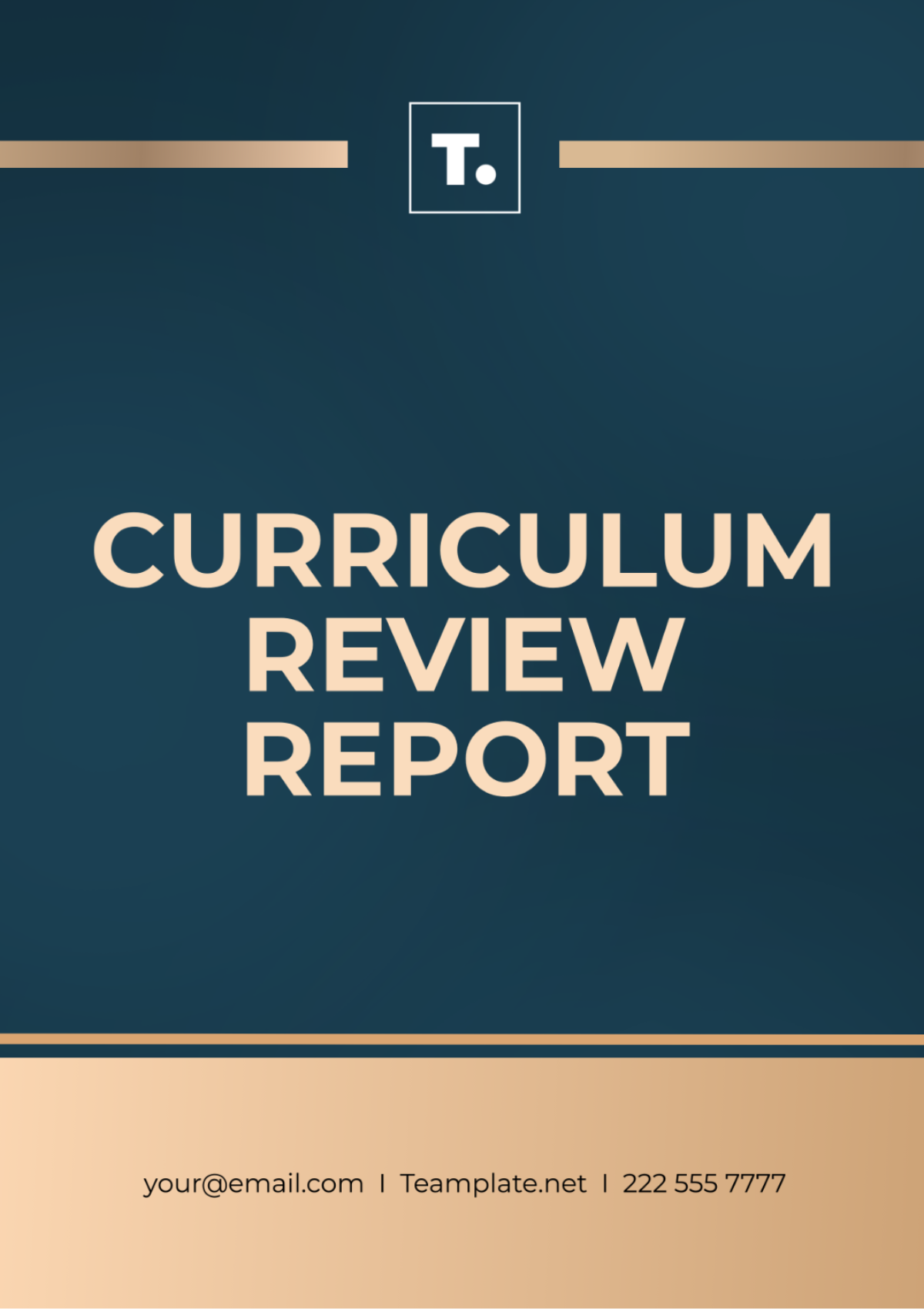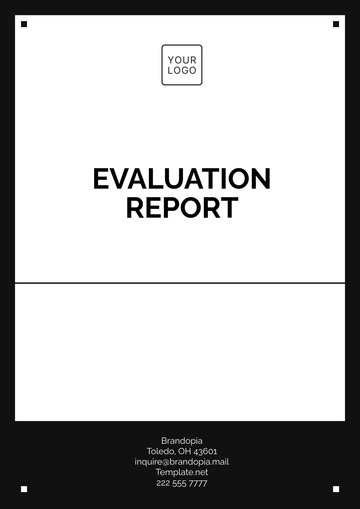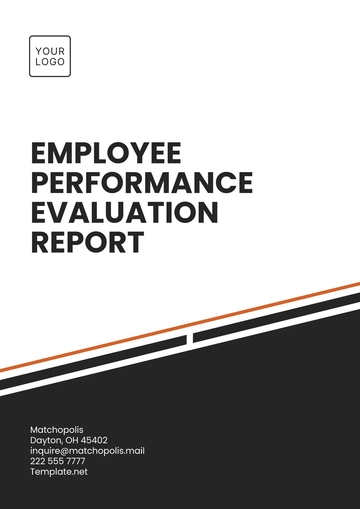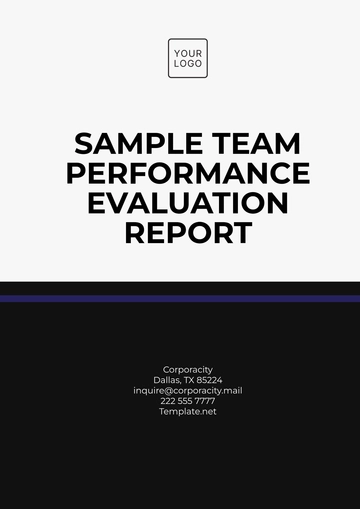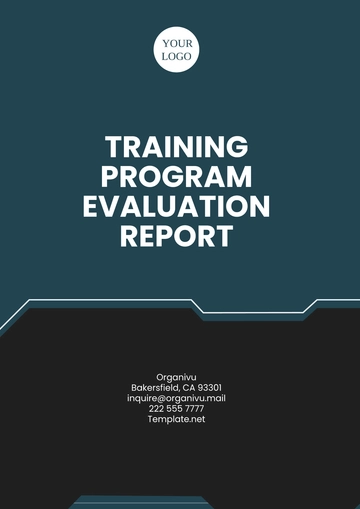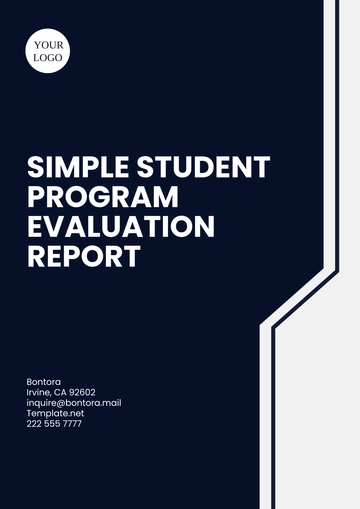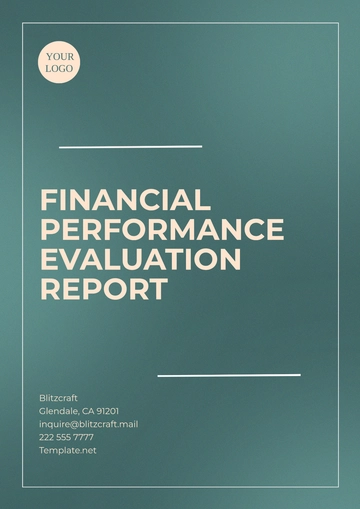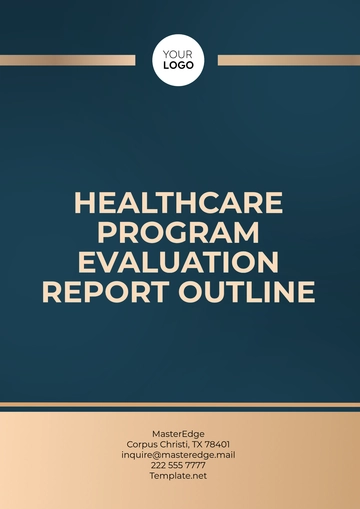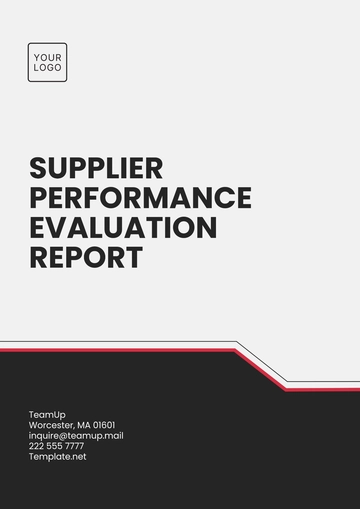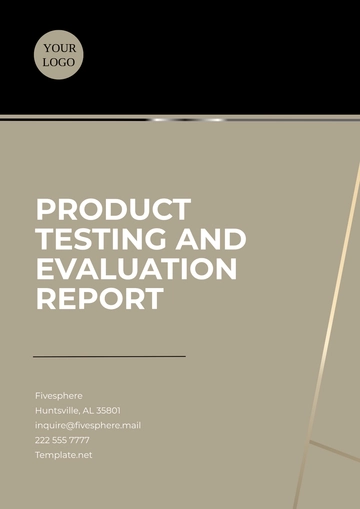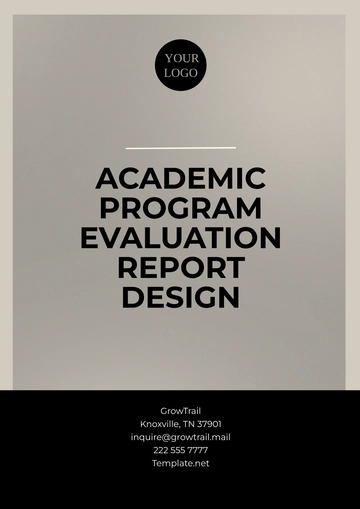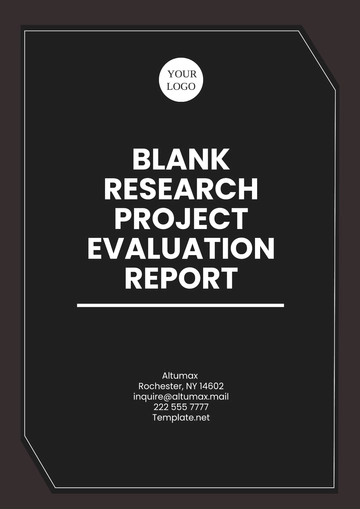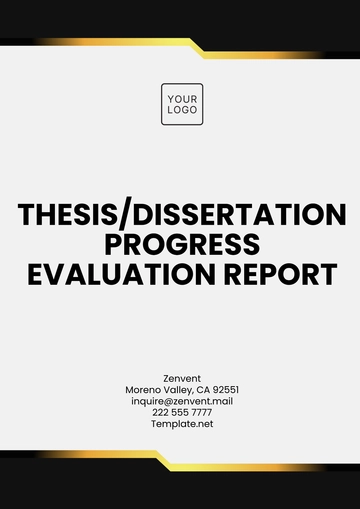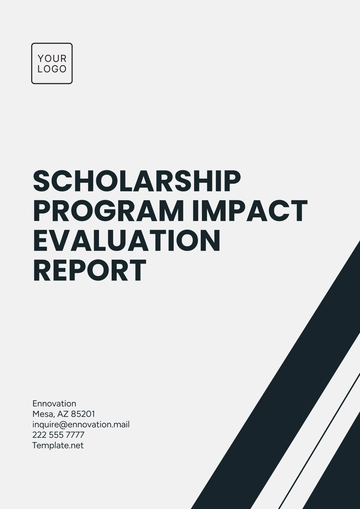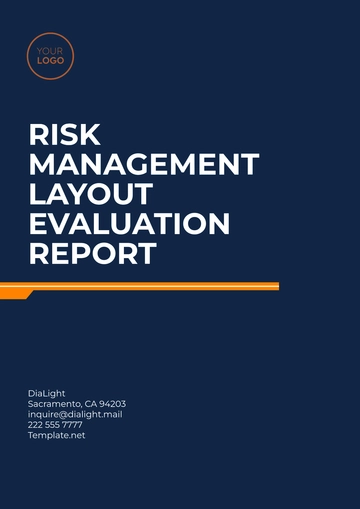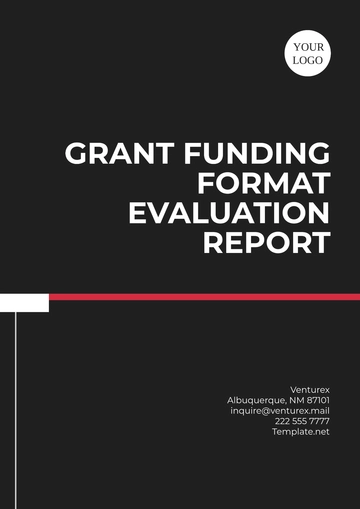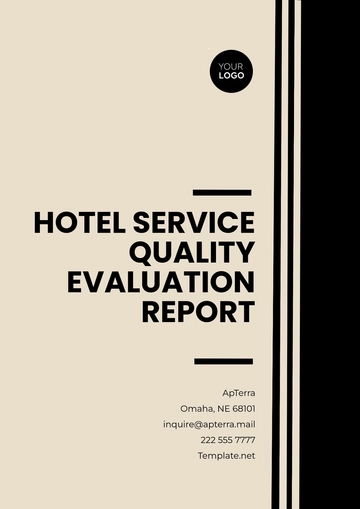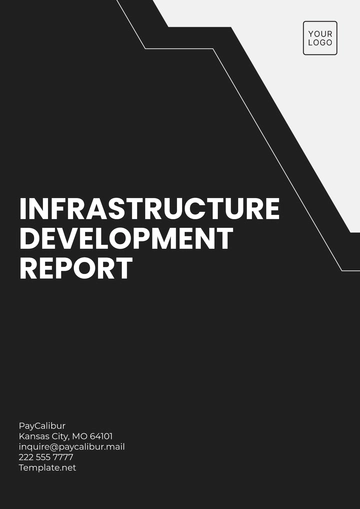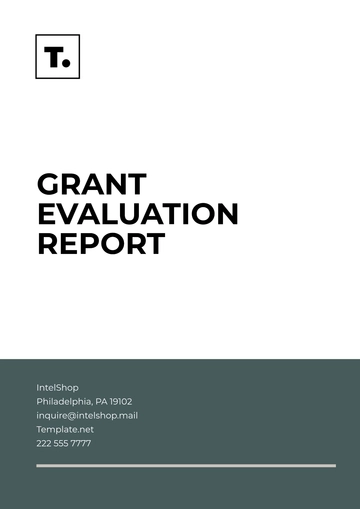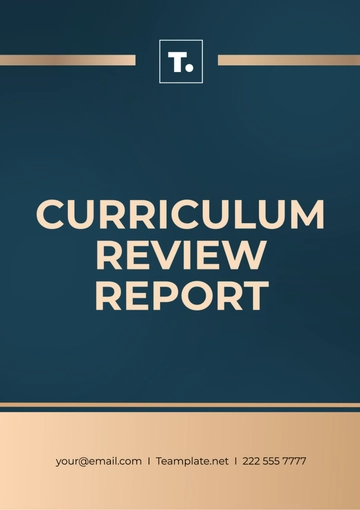Curriculum Review Report
Prepared by: [YOUR NAME]
Company: [YOUR COMPANY NAME]
Department: [YOUR DEPARTMENT]
I. Introduction
In this section, provide an overview of the purpose and scope of the program evaluation report. [YOUR COMPANY NAME] commissioned this report to assess the effectiveness of the [CURRICULUM NAME]. The evaluation aims to analyze various aspects of the curriculum, including its alignment with educational objectives, impact on student learning outcomes, and coherence across different courses and instructional materials.
II. Executive Summary
The executive summary offers a condensed version of the findings and recommendations derived from the program evaluation. It highlights key insights regarding the strengths and weaknesses of the curriculum, along with actionable steps for improvement. [YOUR NAME], the lead evaluator, presents a comprehensive analysis of the curriculum's effectiveness in meeting [YOUR COMPANY NAME]'s educational goals.
Key Findings:
Evaluation reveals a strong alignment between curriculum objectives and industry standards.
Learning outcomes demonstrate notable improvement in critical thinking and problem-solving skills.
However, inconsistencies in course sequencing and assessment methods hinder overall coherence.
Recommendations:
Implement a standardized assessment framework to ensure uniformity and reliability.
Enhance interdisciplinary connections to promote holistic learning experiences.
Provide professional development opportunities for faculty to integrate innovative teaching strategies.
III. Methodology
This section delineates the methodology employed in conducting the program evaluation. [YOUR DEPARTMENT] utilized a mixed-methods approach, combining quantitative data analysis with qualitative feedback from stakeholders. The evaluation process encompassed:
Data Collection: Surveys, interviews, and document analysis were utilized to gather comprehensive data on curriculum implementation and outcomes.
Data Analysis: Statistical techniques such as regression analysis and descriptive statistics were employed to examine quantitative data, while thematic analysis was conducted for qualitative data.
Stakeholder Engagement: Collaboration with faculty, students, and administrators facilitated a holistic understanding of the curriculum's impact.
IV. Evaluation Findings
This section presents the detailed findings of the program evaluation, organized according to key evaluation criteria. [YOUR NAME] and the evaluation team identified the following observations:
Curriculum Alignment:
The curriculum demonstrates strong alignment with [YOUR COMPANY NAME]'s mission and educational objectives. Course objectives are clearly defined, and instructional materials are relevant to industry standards.
Learning Outcomes:
Analysis of student performance data indicates positive trends in learning outcomes, particularly in areas related to [SKILL/SUBJECT]. However, disparities exist among student cohorts, suggesting the need for targeted interventions to address equity issues.
Curriculum Coherence:
While individual courses exhibit coherence in content delivery, inconsistencies in sequencing and assessment methods pose challenges to overall curriculum coherence. Cross-cutting themes and learning pathways require further integration to enhance interconnectedness across disciplines.
V. Recommendations
Based on the evaluation findings, this section provides actionable recommendations for curriculum improvement. [YOUR NAME] proposes the following strategies:
Standardized Assessment Protocol: Develop a standardized assessment protocol to ensure consistency in evaluating student performance across courses.
Interdisciplinary Integration: Foster interdisciplinary collaboration among faculty members to promote synergies and interdisciplinary connections within the curriculum.
Professional Development: Offer professional development opportunities for faculty to enhance pedagogical practices and incorporate innovative teaching methodologies.
VI. Conclusion
In conclusion, the program evaluation report underscores the importance of ongoing assessment and enhancement of the curriculum to meet the evolving needs of [YOUR COMPANY NAME]'s stakeholders. [YOUR NAME] emphasizes the significance of collaborative efforts in implementing the recommendations outlined in this report to drive continuous improvement and excellence in education.
Report Templates @ Template.net
